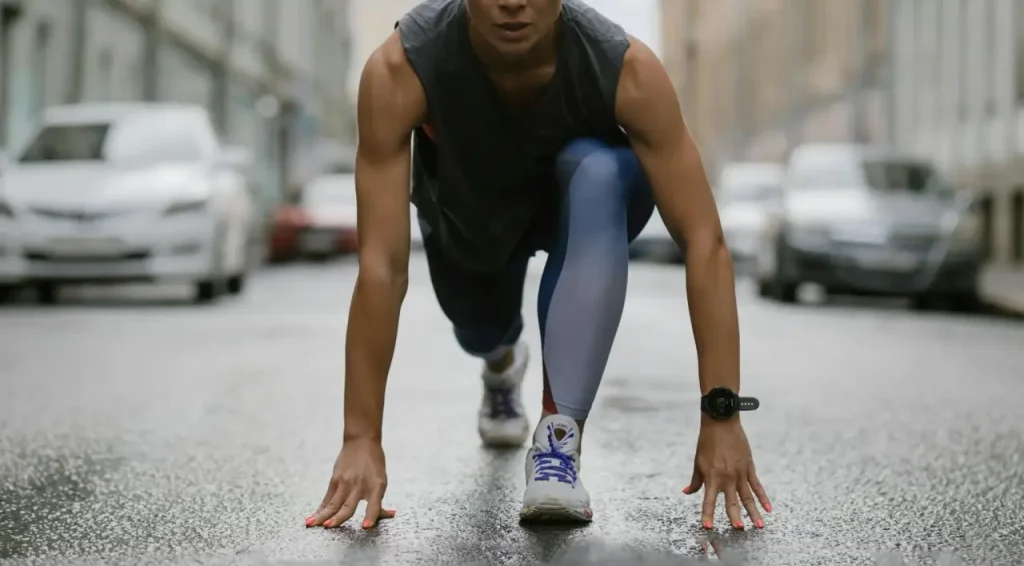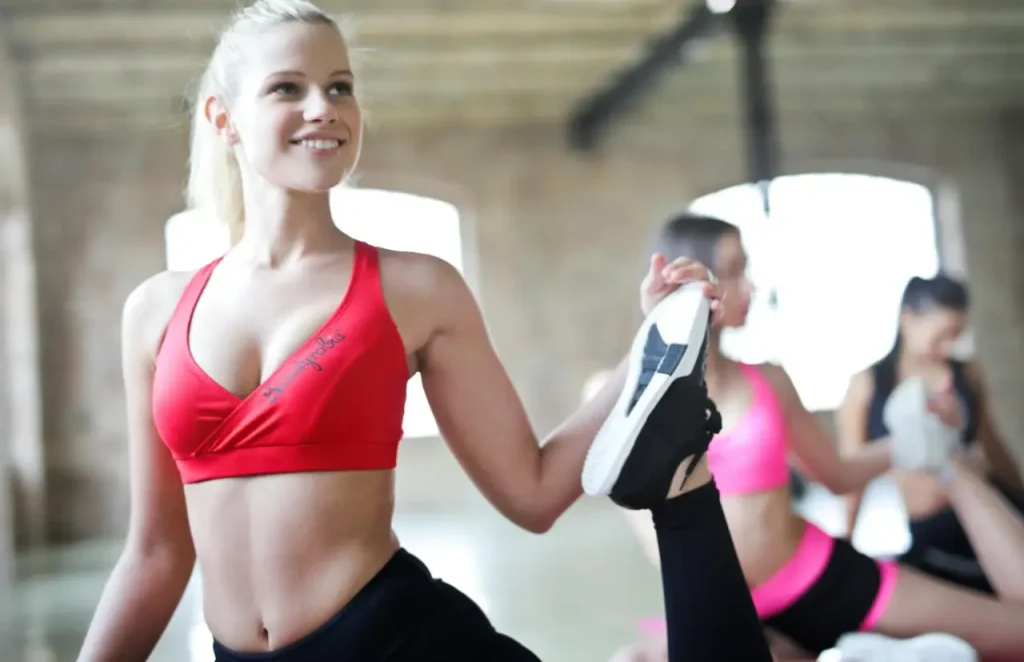You probably have friends who regularly sign up for races, knowing their half-marathon pace and sprint speeds inside out, with medals to back up their achievements. Then there are those friends who are all about cycling, whether it’s mastering their spin class times or investing in top-tier bike gear for leisurely rides around town. The question is: which camp do you belong to—or which one would you like to join?
Of course, there’s no need to choose sides. You can easily enjoy both activities. However, if you’re trying to establish a consistent cardio routine and aren’t sure which one to start with, trainers and studies offer some insight into which might be a more effective workout for you.

What are the pros and cons of running?
Running engages more muscles overall, which can lead to a higher calorie burn. It not only targets the legs but also requires involvement from the core and upper body.
Running burns 566 to 839 calories per hour
In addition to boosting cardiovascular health and torching calories, running offers significant long-term health benefits. “Running places a beneficial stress on the body that helps prevent bone loss and reduces the risk of osteoporosis,” says Swan. “It’s also excellent for strengthening the heart and revving up metabolism.”
Research supports the idea that running contributes to better bone health. A study showed that weight-bearing exercises like running offer greater skeletal protection than non-weight-bearing activities, such as cycling.
Another big perk of running: it’s free. All you need is a good pair of running shoes, making it a budget-friendly way to stay active. “Running is a natural movement—just take one step at a time,” adds Swan. Plus, it’s convenient. Whether you’re traveling or just short on time, it’s easy to lace up your sneakers and hit the pavement.
However, running does come with its share of injury risks, including shin splints, stress fractures, and knee pain. Since it’s a high-impact exercise, listening to your body is essential. Swan emphasizes that many injuries can be prevented with proper attention and care.

What about the pros and cons of cycling?
“Cycling is gentle on the joints, making it a great low-impact workout to ease into your fitness journey,” says Olivia Amato, NASM-certified trainer, and Peloton instructor. If you have knee issues or need to avoid high-impact activities, cycling offers a fantastic alternative to running, providing similar calorie-burning and cardiovascular benefits.
Cycling burns 498 to 738 calories per hour
One advantage of cycling, according to Swan, is its potential to build more muscle, particularly in the legs, as you push against resistance and engage your glutes and quads.
Another plus? You can cover a lot of distance, making cycling a practical way to commute or run errands. And studies have shown that commuting by bike can lower your risk of heart disease, cancer, and early mortality—benefits that also apply to walking.
The main drawback of cycling, however, is the cost. Whether it’s signing up for a £20 spin class or investing in a quality bike for outdoor riding, cycling can be pricey. If budget is a concern, running might be a better option. But you can always start by renting a bike to see if it’s a hobby worth pursuing.
So, which workout is better?
Ultimately, the most important factor is choosing an activity you enjoy and can stick with long-term. If running doesn’t feel right for you, try cycling, and vice versa. Both offer great cardio workouts, and one study even found that, when performed at the same intensity level (specifically, the same percentage of your VO2Max), both running and cycling yield similar endurance gains.
In terms of calorie burn, both are top contenders: running burns an estimated 566 to 839 calories per hour, while vigorous cycling burns 498 to 738 calories, according to the American College of Sports Medicine.
One final tip: start slow and build up gradually. “Don’t expect to run three miles on your first day—or even one mile,” Swan advises. “Work on building your endurance and stride.” Pacing yourself will help you enjoy the process, rather than feeling discouraged from overexerting too soon.





